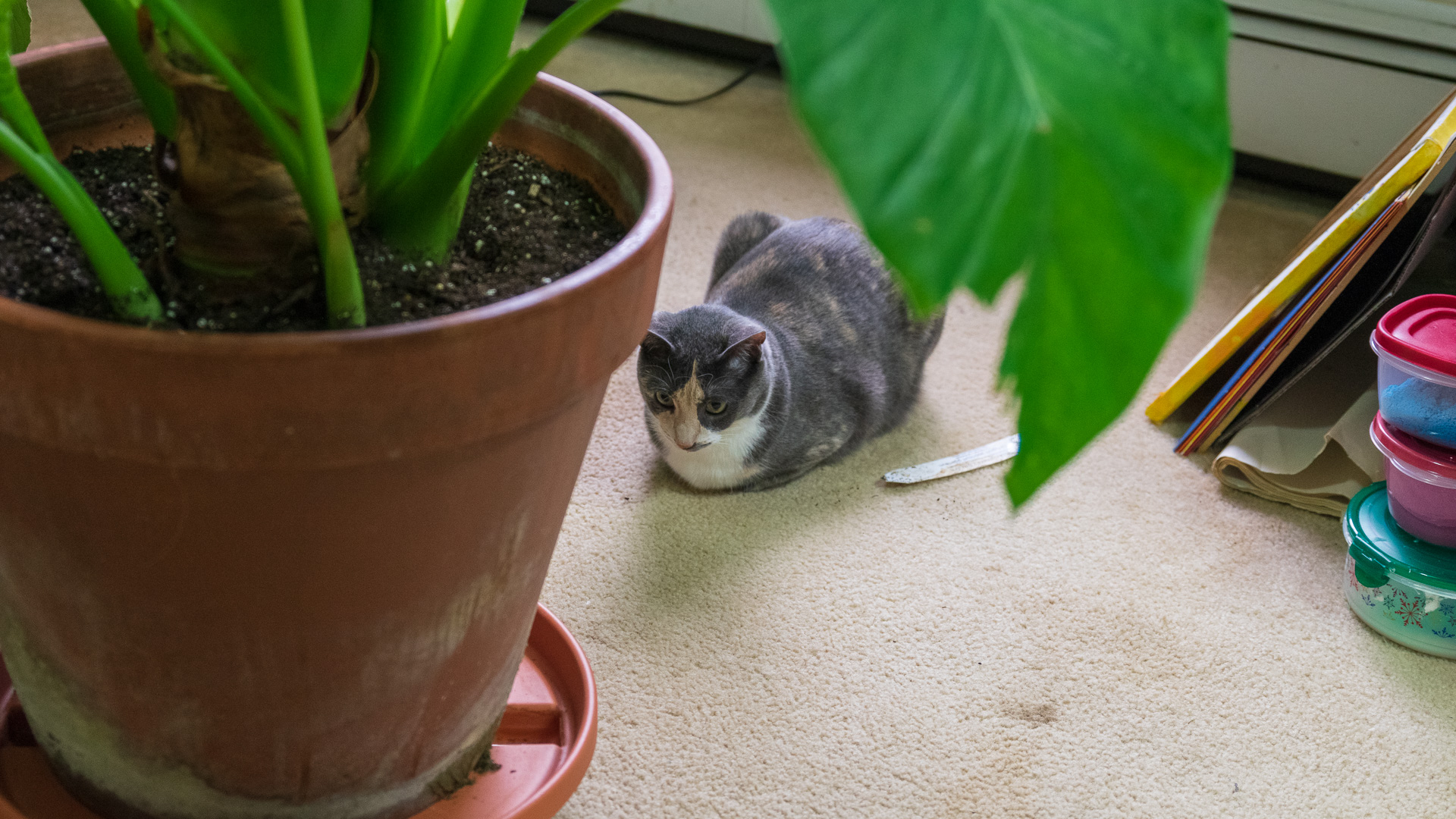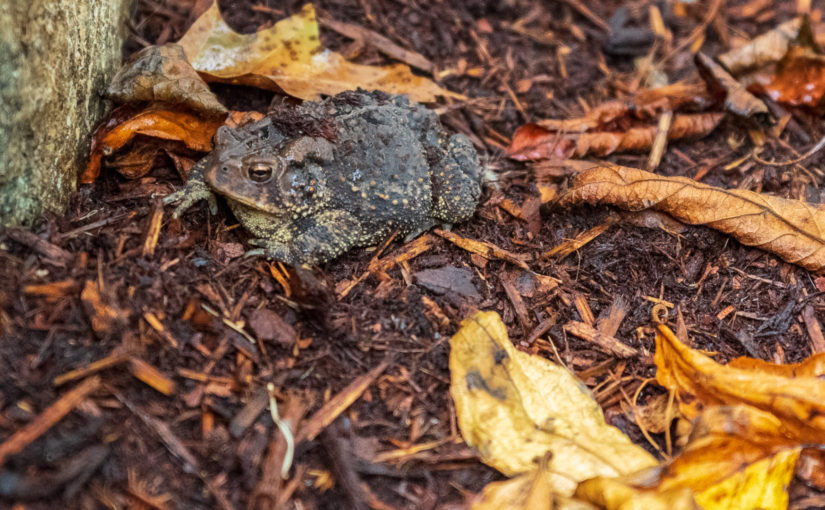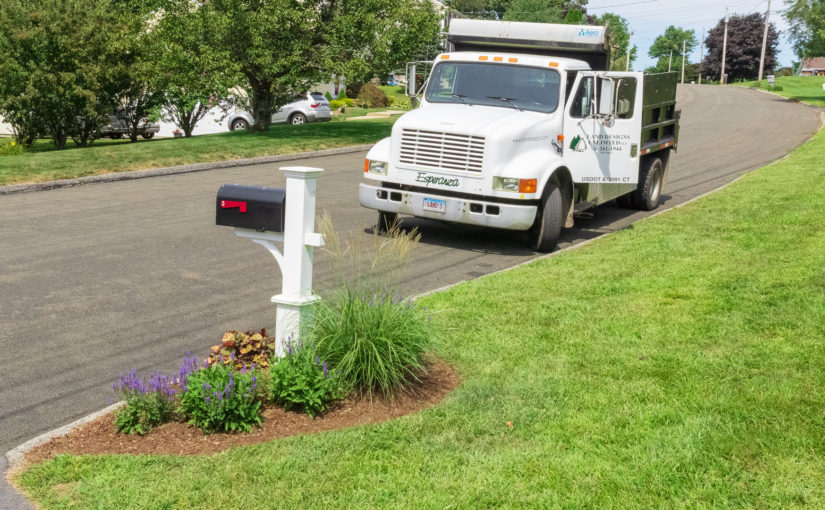This post isn’t really about the cat, Chloe, in this picture. It’s about the plant label laying a little to her left. She pulled that label out twice the last week. Silly kitty!
Author: John Holden
-

Don’t Let Others Determine Your Worth
A recent email reminded me of a lesson I wish I learned sooner.
A prospective client wanted my expertise pruning a hedge in a town 45 minutes away. I calculated travel and gave a rough estimate to see if we were in the same ballpark. They said the job was worth a quarter of my quote.
I don’t want to offend clients, or future clients, here. If I’ve worked for you or visited to discuss a job, please know I’m not referring to you.
Unfortunately, there are some people you’re never going to please. You’re never going to have a low enough price, quick enough availability, etc. It’s good to recognize these situations early and use your time talking to clients who value your expertise and time.
Don’t be afraid to politely say no.
Don’t let others determine your worth.
Just because someone is only willing to pay a quarter of your quote doesn’t mean you’re worth a quarter of your quote. It’s them, not you. There will always be people who want you to lower your price and give away the farm.
Of course, if you don’t get any jobs that’s a sign too. I suggest reading a book on sales discussing closing ratio and what it means to your business.
Keep your head high and your shoulders back when looking at jobs. You’re the expert and deserve your quote!
-
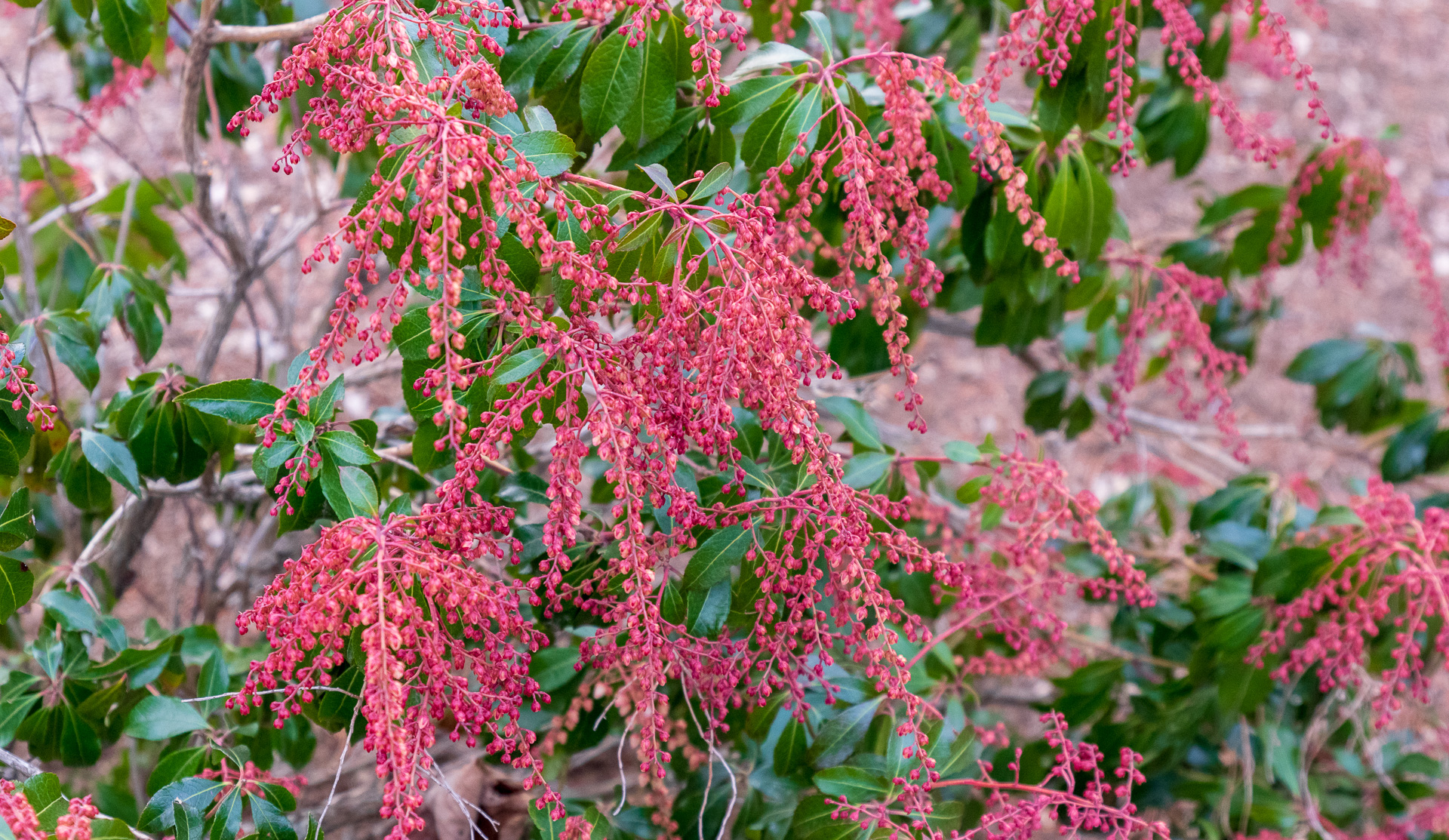
Early-March Garden Inspiration
I woke early today, I don’t know why, perhaps because of Daylight Savings. Seeing the sunrise inspired me to wander the garden with the Pentax.
The only other flower in bloom this week is Dorothy Wycoff Andromeda (Pieris japonica ‘Dorothy Wycoff’). It’s early-March with little else going on and Dorothy is covered with red buds. Andromeda is a reliable broadleaf evergreen growing 4 to 6 feet tall, the perfect size for the back of a foundation planting. Andromeda prefers partial shade, full sun can leave her foliage yellow and susceptible to lace bugs.

Gladiator Alliums (Allium ‘Gladiator’) are starting to emerge. I bought these on a whim and LOVE how easy they are to grow. Alliums, in general, are easy and deserve to be on the ‘Hard to Kill’ list.

There are several groupings of poppies around the yard. For such a fragile flower they are a ‘Die-Hard’ plant.

I have a funny story about poppies.
When my wife and I moved into the house twenty years ago there was a red oriental poppy by the front door. The previous owners were going for a period garden to match the age of the house.
My wife loved that red poppy. I didn’t realize how much until it was too late.
One day, I asked one of the crew to weed the gardens and, unfortunately, he didn’t know the poppy was a plant, not a weed. That poppy was my wife’s favorite plant in the yard. I’ve tried to replace it at least three times. I can never find a deep enough red.
My wife shows gratitude for the replacements but I can tell they’re not right in her eye. I’ll keep trying.
I bought a few tree peonies at Cricket Hill Garden in Thomaston, CT years ago. If you’re a fan of tree peonies you should visit Cricket Hill Garden when the peonies are in bloom.
The peonies have lingered since I planted them, yet it’s no fault of Cricket Hill Garden. They grow extremely slowly and only have a few flowers every year. Last year I culled two of them. This peony is surviving but only gives 3-4 flowers for a week each spring. The flowers are absolutely GORGEOUS so the plant keeps its place in the garden.

Last spring I was ‘Gung Ho’ about my square foot garden but as the season progressed enthusiasm waned. I cleaned out the weeds and vegetable plants last fall. I guess I missed the red onions. If onions can grow in the fridge why not the garden in the middle of winter?
Onions are biennials. The first year they get established the second year they flower and set seed. I should have a nice crop of onion flowers soon!

That’s it for this post. I’ve got to go move the clocks forward.
-
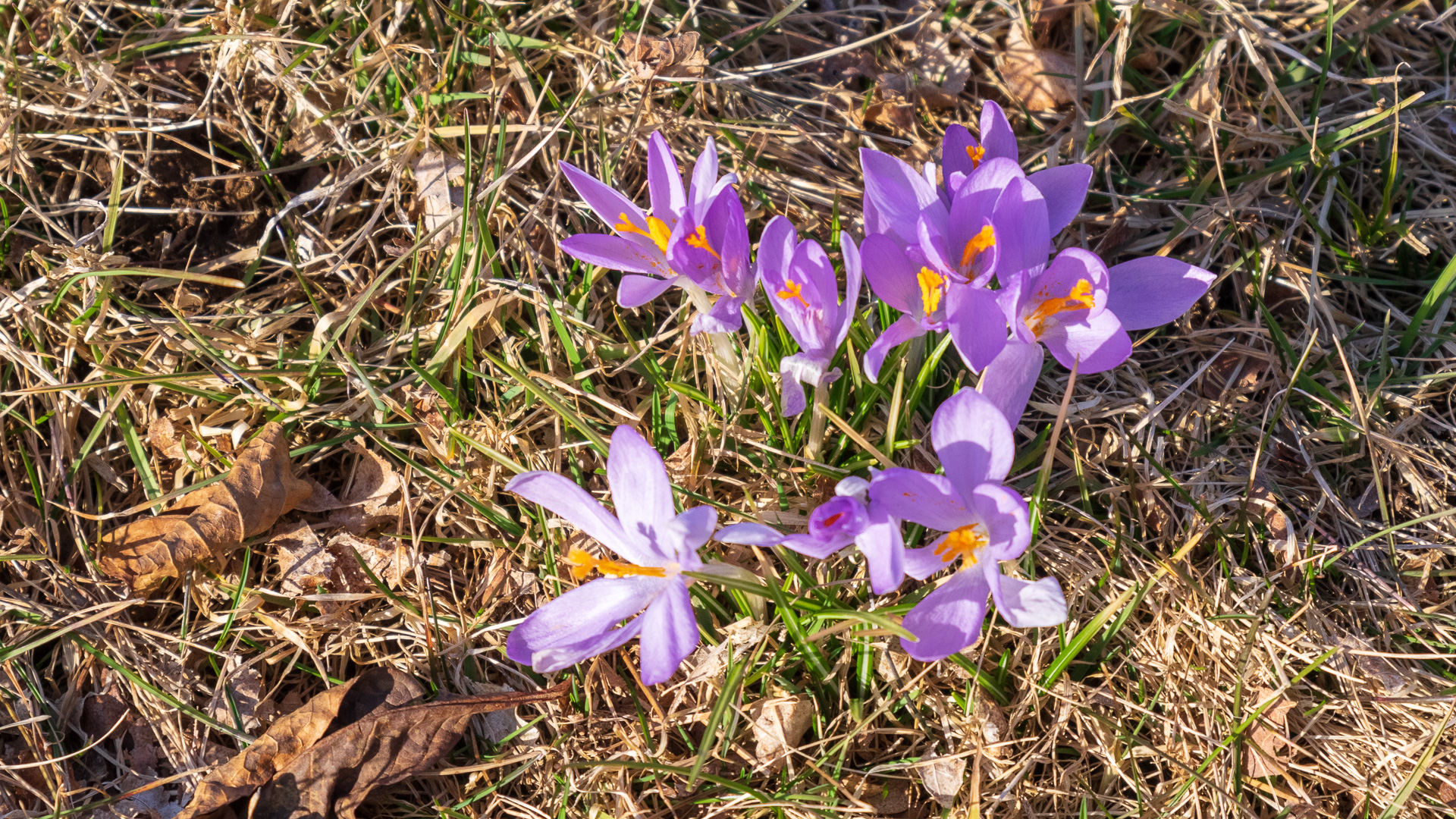
Early-March Blooms
Last week, I wrote about the blooms on Arnold’s Promis Witch Hazel. It’s looking better than last week with flowers continuing to emerge.
This week I’ve got a few more things in bloom. Nothing is knocking it out of the park but need I remind you it’s early-March with temperatures going down to the twenties, and sometimes teens, at night.
My Lenten Rose has a few small flowers. I don’t remember the cultivar so we’ll call it Helleboris sp.

You have to look through the foliage to see the flowers. I had to kneel down to get this picture. There’s one flower in the middle with two other stalks flanking it.

I have a couple of clumps in the shade that aren’t as far along. They’re significantly larger clumps and put on quite the show every year. Every bit of purple you see is going to be a flower stalk. Green are the leaves emerging.

My Japanese cornel dogwood, Cornus Officinalis, is going to be in full bloom in a week or two. Even though the flowers aren’t fully open the tree has as much, if not more, color than my Witch Hazel.

The last flower in bloom is Crocus. About 8 years ago Crocus clumps started showing up in my side yard. Every year I find a few more. You have to be within a few feet to find the clumps but they give me something to look at as I wander the yard on warm days.

As I write I’m reminded of one more early blooming plant I’d like to add to the garden. Snowdrops, or Galanthus nivalis, have small drooping white flowers this time of the year. They only grow a few inches tall and form spreading colonies in humusy soils.
What are your favorite late-Winter blooming plants? Do you have anything in bloom?
-

Arnold’s Promise Witch Hazel – Harbinger of Spring
It’s late-February and my Arnold’s Promise Witch Hazel (Hamamelis x intermedia ‘Arnold’s Promise’) has been in bloom for two weeks.
Here’s the view from the kitchen on a dreary, rainy, day. There could be six inches of snow on the ground and the tree would be in bloom.

Arnold’s Promise Witch Hazel Blooms as early as mid-February here in USDA Hardiness Zone 6a.
The flowers are not overpowering but do survive when temperatures can get down to the single digits. Hence, they beat out anything else around.

If you don’t have an Arnold’s Promise Witch Hazel I recommend planting one next year.
Below is a video I filmed years ago about early flowering shrubs. I start the video standing in front of the same witch hazel.
-
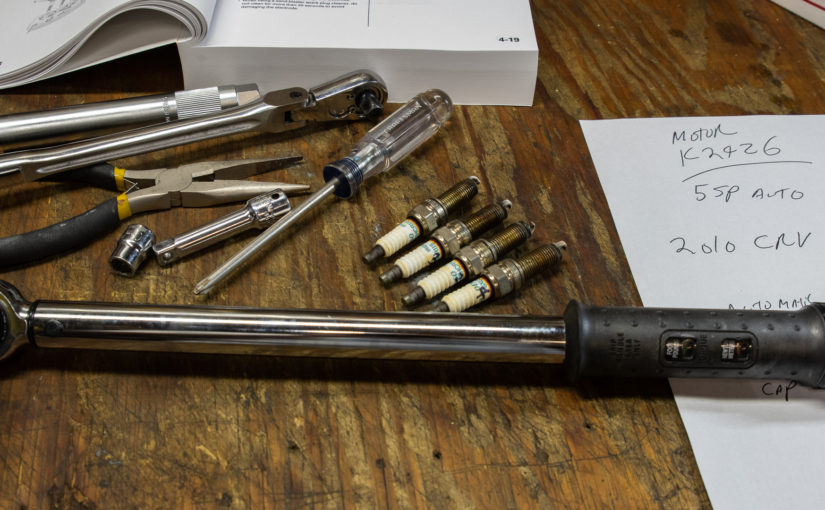
Some Mistakes Have to Be Made
A few weeks ago I changed the spark plugs in my wife’s car. If you’re a mechanic or done the job before, it’s simple.
I’ve never done the job before.
I read the service manual which makes car maintenance similar to building with Legos. Remove shroud D (See diagram) then disconnect coil pack and remove spark plug.
Who could mess that up?
I finished the job and started the car expecting to pat myself on the back for a job well done. Unfortunately, the car ran poorly, for something was horribly wrong. The check engine light was also on.
We were leaving for vacation the next morning.
This is one of those moments where age, a.k.a. life experience, came to my rescue. I knew I had done something wrong but I also knew there was no way it could be a major thing.
I went back under the hood to find my mistake.
In my excitement, I forgot to plug one of the coils back in. The four-cylinder car was running on three. I plugged the coil in and soon after the check engine light was off.
It wasn’t a big deal.
Somewhere in my life I was taught, or taught myself, that mistakes are a bad thing. They’re not. Mistakes are how we learn.
Mistakes are OK.
There’s no shame in mistakes and trust me you’re not the first one to have made that mistake, no matter what it is.
Have you made any mistakes this week?

The Right Attitude With Mistakes
Years ago I went for a walk and ended up watching a little league game. The boys were in 5th or 6th grade.
While they played the most amazing thing took place.
When one of the boys struck out or dropped a ball his teammates would clap and say something like, “You’ll get them next time.” Not one boy said a negative thing.
Would being hard on the kid who dropped the ball have helped? How do you feel if someone says, “No big deal,” when you make a mistake?
If you make a mistake cut yourself some slack. You learned a valuable lesson and you’ll get them next time!
